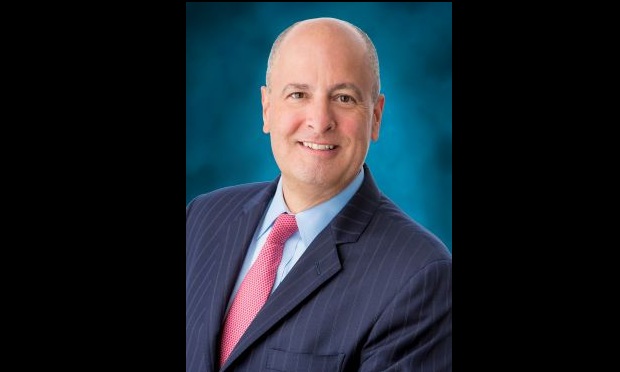Catastrophe models insurers use to assess risk could help governments and aid agencies develop new approaches for sustainable development and poverty alleviation, said Rowan Douglas, chairman of the Willis Research Network.
Mr. Douglas made his comments during a meeting at the World Bank's inaugural Understanding Risk conference earlier this week in Washington, D.C., according to insurance broker Willis Group Holdings.
He said the methods employed by insurers to model extreme risks could be the key to helping the world's most vulnerable communities cope with the social and economic impacts of floods, droughts and other climate-related threats.
Willis said Mr. Douglas illustrated how the tools, models and techniques used to help insurance companies sustain 1-in-200-year shocks could help deliver sustainability, financial security and combat poverty in those regions most at risk to extreme weather.
"We tend to manage for normality, but it is the extreme events that often matter most," said Mr. Douglas. "Whether it's in our financial institutions, societies or environment, sustainability is achieved by avoiding or managing the impacts of undesirable extremes within tolerable parameters.
"Therefore, we are proposing a new lens through which we look at the issue of sustainability--one which repositions the fundamental concepts and roles of insurance at the heart of delivering sustainability, financial security and poverty reduction," said Mr. Douglas.
The idea of extending insurance concepts of extreme risk modeling and risk sharing across finance, development and other sectors comes at a time when the world's leading development and aid organizations are searching for new solutions to prepare poor nations and emerging economies for future catastrophes, Willis noted.
World Bank research indicated that the poorest people in regions such as Southeast Asia are most affected by extreme weather events, including floods, cyclones and drought, Willis noted.
"Perhaps we should reshape strategies to alleviate poverty by either reducing exposure to extremes or increasing resilience," Mr. Douglas said. "It's a subtle change in philosophy, but it raises fascinating questions about how we spend our aid budgets or focus other interventions."
The meeting in Washington reviewed the use of new technologies--including sophisticated climate modeling techniques, innovative insurance solutions and inter-sector collaboration--to help countries throughout the world mitigate and prepare for the catastrophic effects of extreme natural disasters.
The Willis Research Network (WRN), funded and supported by Willis Re, the reinsurance arm of Willis, is a collaboration between academia and the insurance industry. The research supported by the WRN is focused on evaluating the frequency, severity and impact of major catastrophes with the aim of helping society at local and global levels manage these risks and share the costs of these events via public and private sector approaches.
Want to continue reading?
Become a Free PropertyCasualty360 Digital Reader
Your access to unlimited PropertyCasualty360 content isn’t changing.
Once you are an ALM digital member, you’ll receive:
- Breaking insurance news and analysis, on-site and via our newsletters and custom alerts
- Weekly Insurance Speak podcast featuring exclusive interviews with industry leaders
- Educational webcasts, white papers, and ebooks from industry thought leaders
- Critical converage of the employee benefits and financial advisory markets on our other ALM sites, BenefitsPRO and ThinkAdvisor
Already have an account? Sign In Now
© 2025 ALM Global, LLC, All Rights Reserved. Request academic re-use from www.copyright.com. All other uses, submit a request to asset-and-logo-licensing@alm.com. For more information visit Asset & Logo Licensing.








